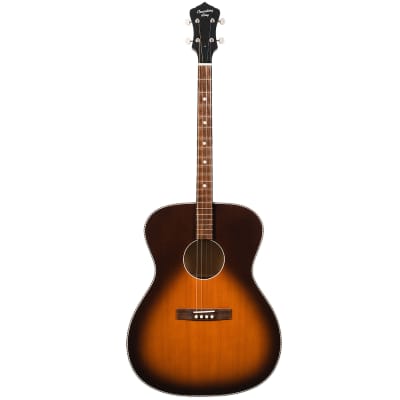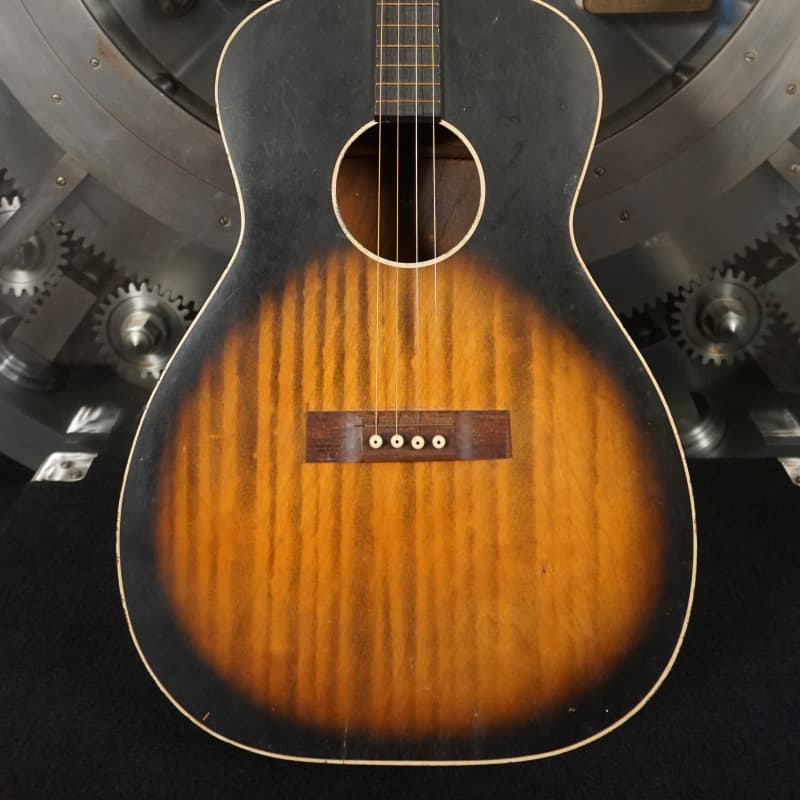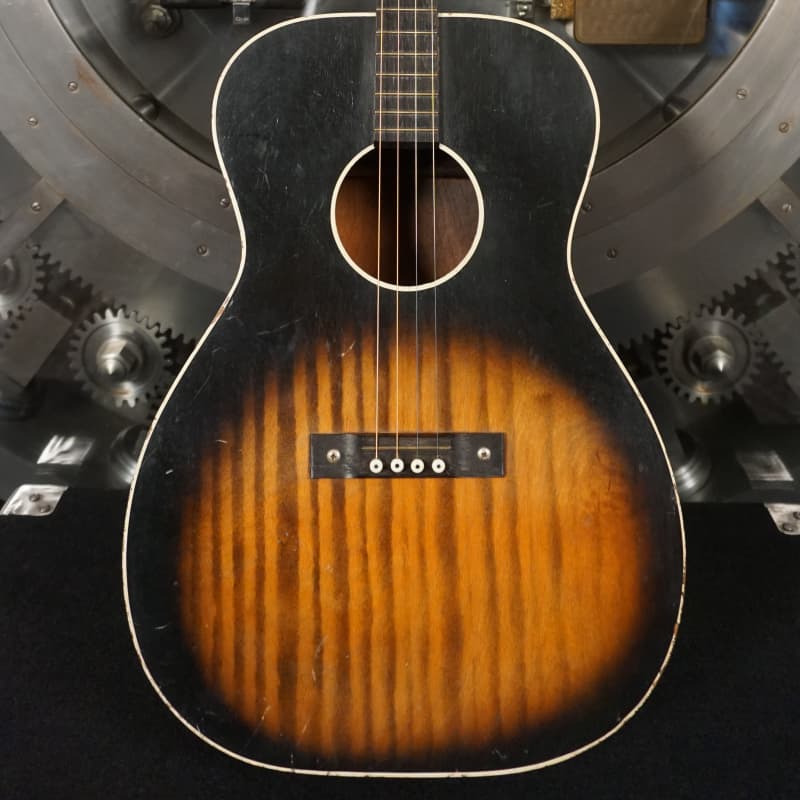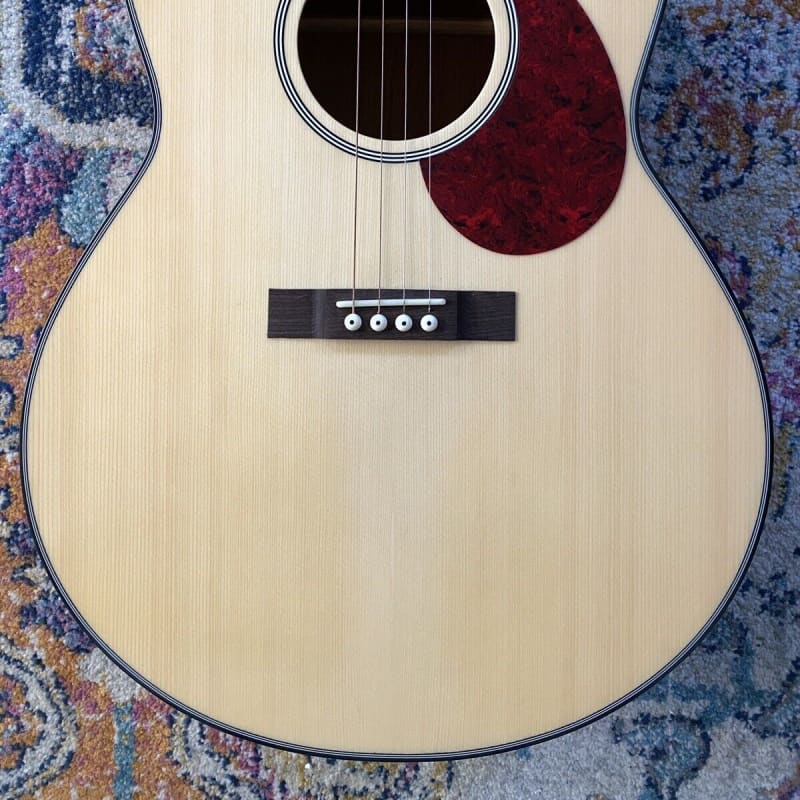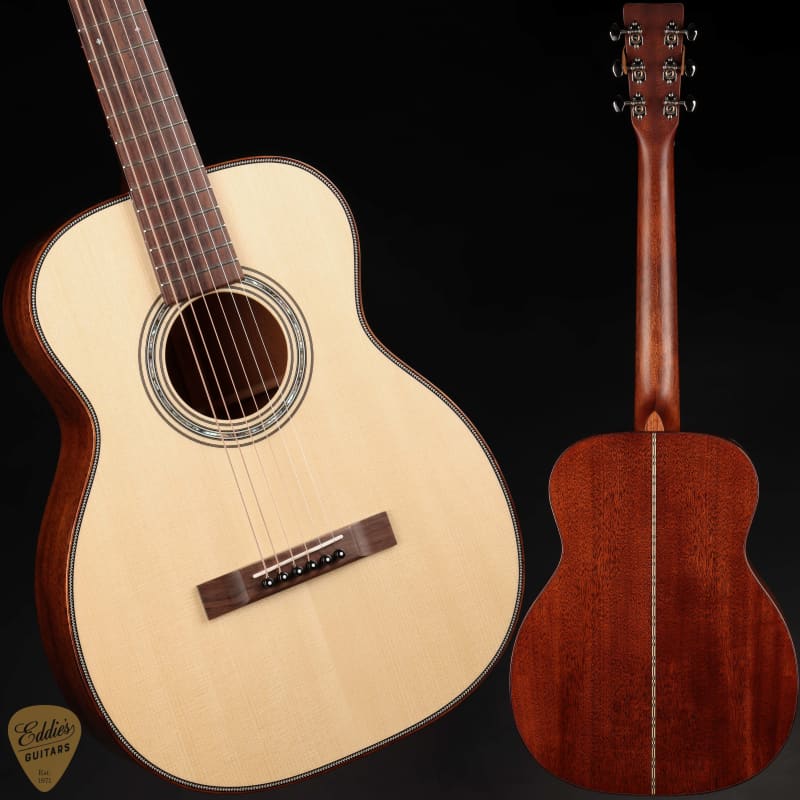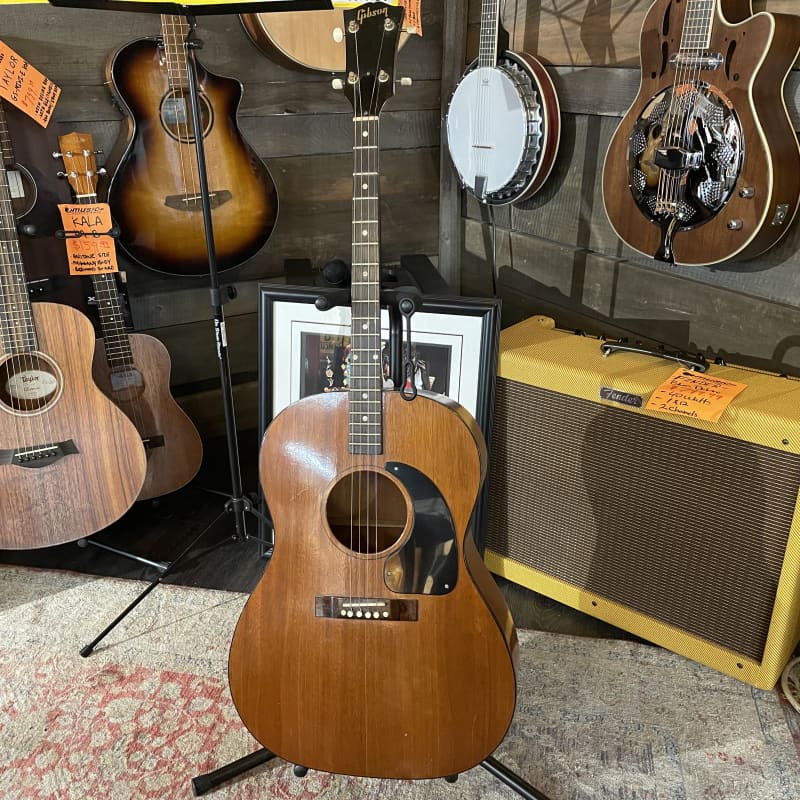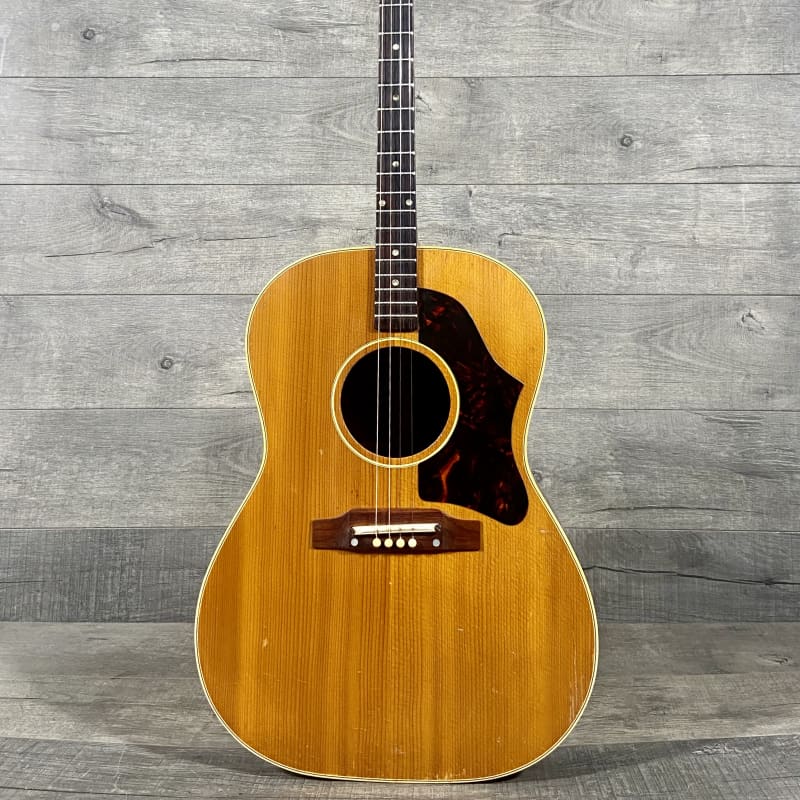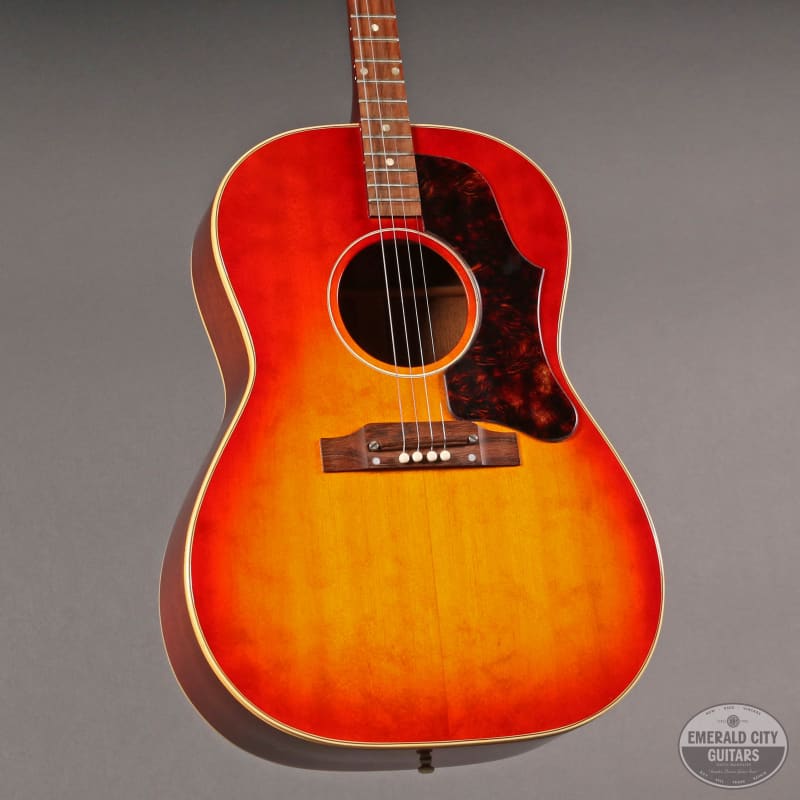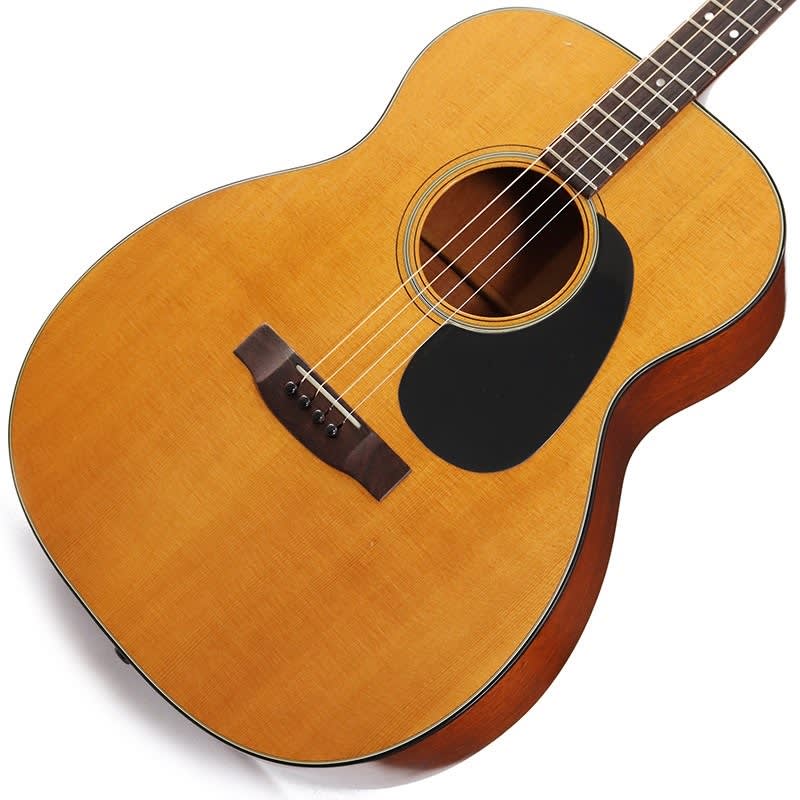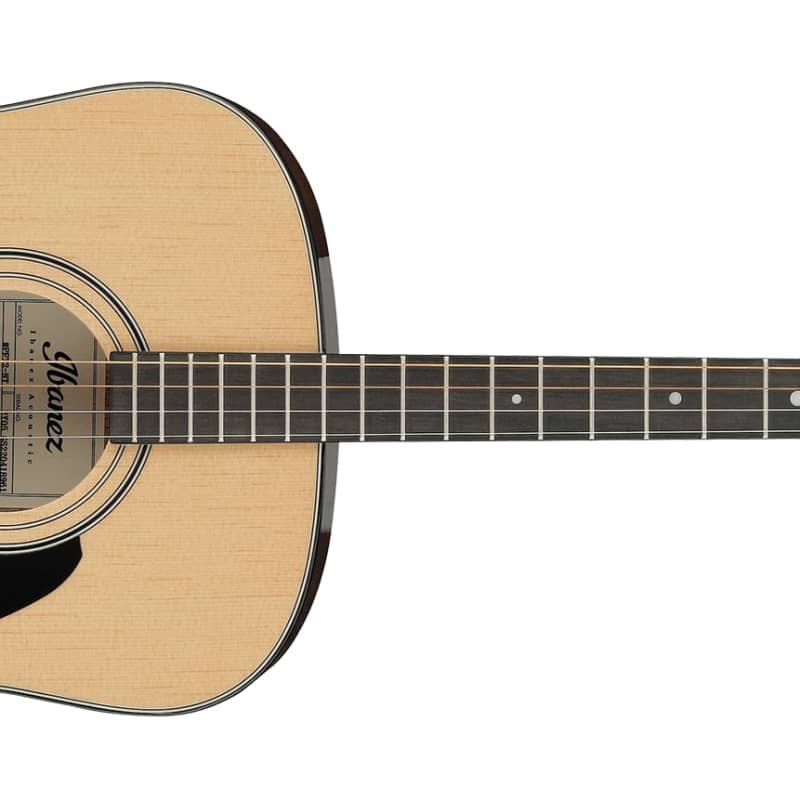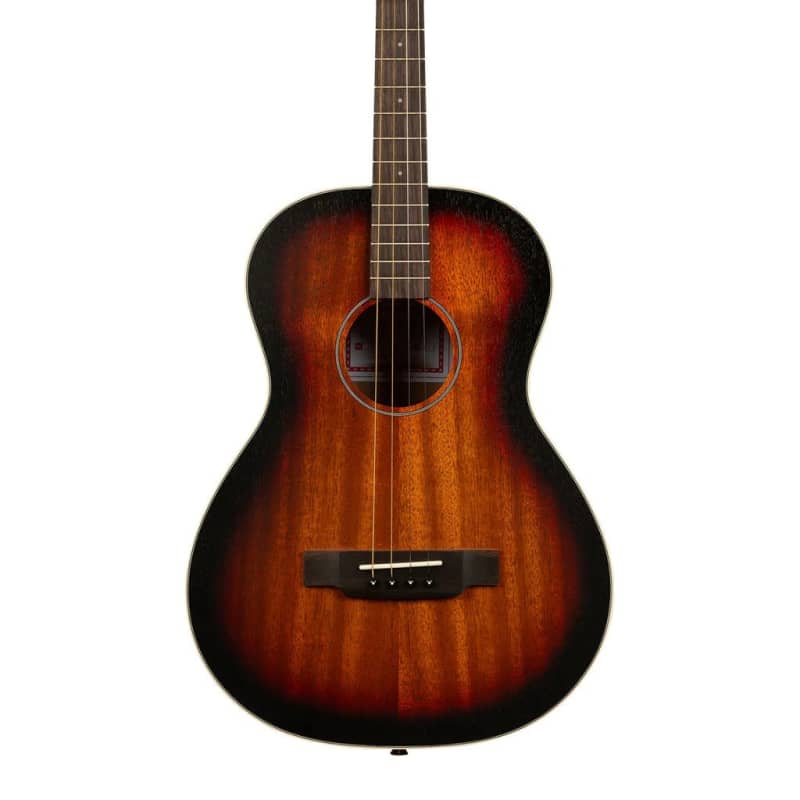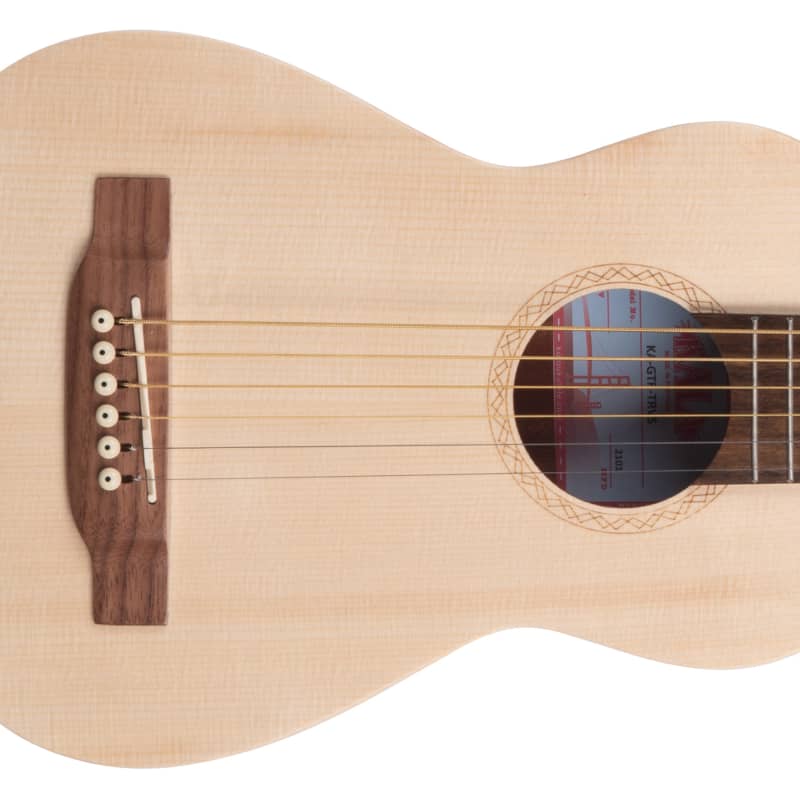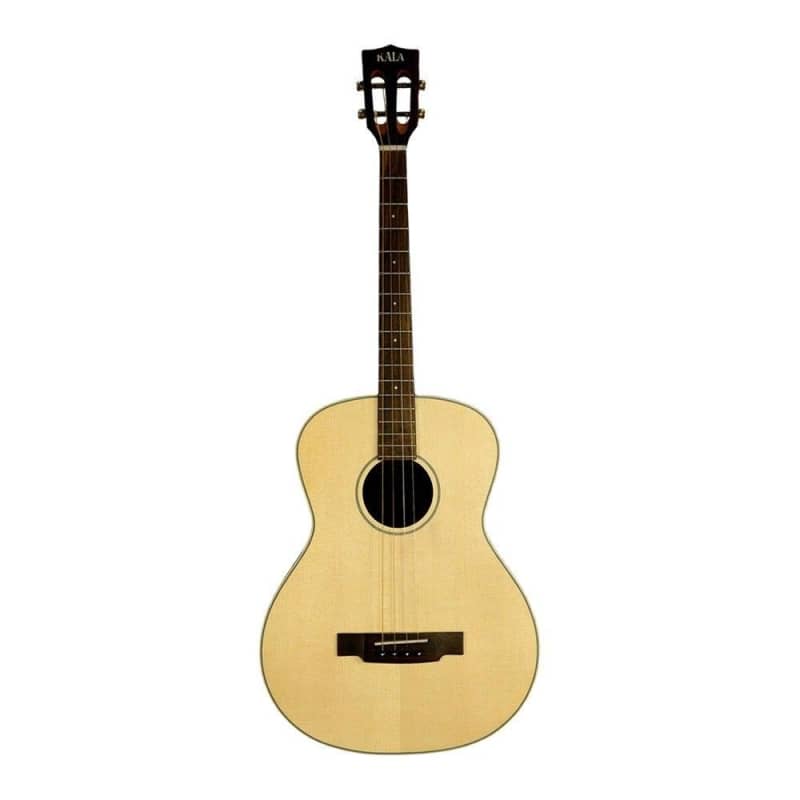Tenor Acoustic Guitars
Popular Tenor Acoustic Guitars
- Recording KingAcoustic GuitarsTenor1 available for A$319.61
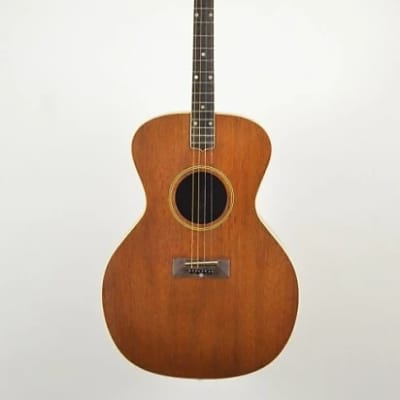 Gibson
GibsonTG-0 1928 - 1934
Acoustic GuitarsParlor(1)Compare 2 from A$2,077.55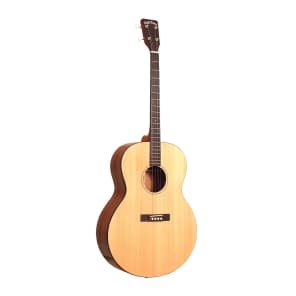 Gold Tone
Gold ToneTG-18 Tenor Natural
Acoustic GuitarsTenor(5)Compare 12 from A$1,118.67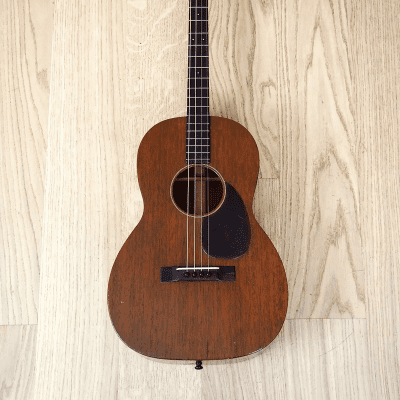 Martin
Martin5-17T Tenor 1927 - 1945
Acoustic GuitarsParlor1 available for A$6,064.88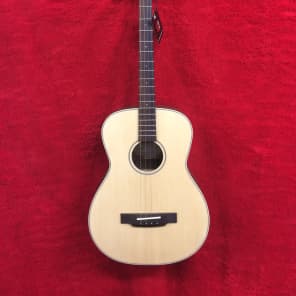 Kala
KalaKA-GTR Natural
Acoustic GuitarsTenor(5)Compare 2 from A$477.84 Ibanez
IbanezPFT2 Performance Tenor
Acoustic GuitarsTenor(1)Compare 2 from A$422.47 Gold Tone
Gold ToneTG-10 Tenor Natural
Acoustic GuitarsTenor(1)Compare 2 from A$573.71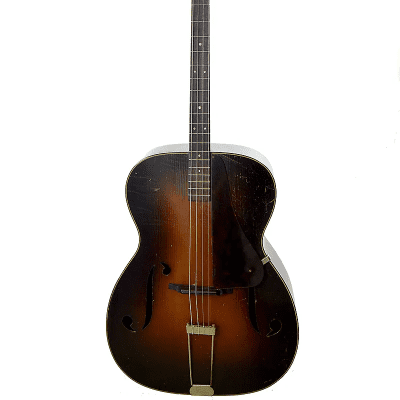 Martin
MartinR-18T Tenor 1934 - 1941
Acoustic GuitarsArchtop1 available for A$5,593.44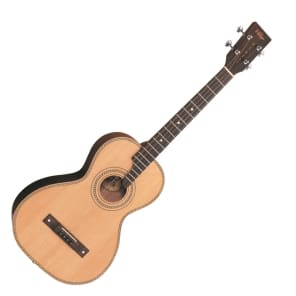 Vintage
VintageVTE800N Viaten Paul Brett Signature Tenor Guitar Natural
Acoustic GuitarsTenor(1)1 available for A$430.45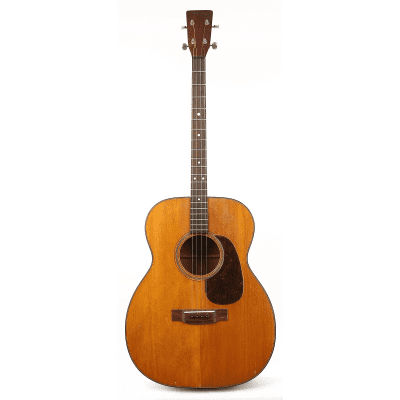 Martin
Martin0-18T Tenor 1929 - 1945
Acoustic GuitarsParlor1 available for A$8,302.26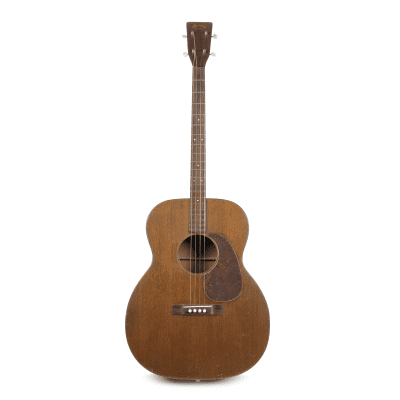 Martin
Martin0-17T Tenor 1932 - 1945
Acoustic GuitarsParlor(1)1 available for A$7,183.57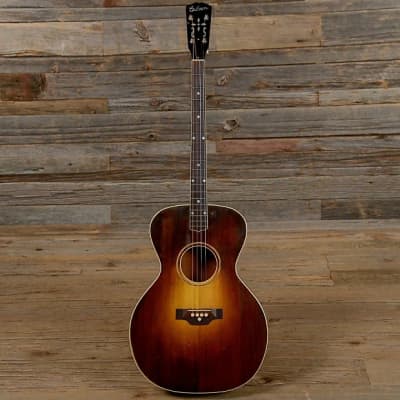 Gibson
GibsonTG-1 1928 - 1934
Acoustic GuitarsParlor1 available for A$2,555.40
Used Tenor Acoustic Guitars
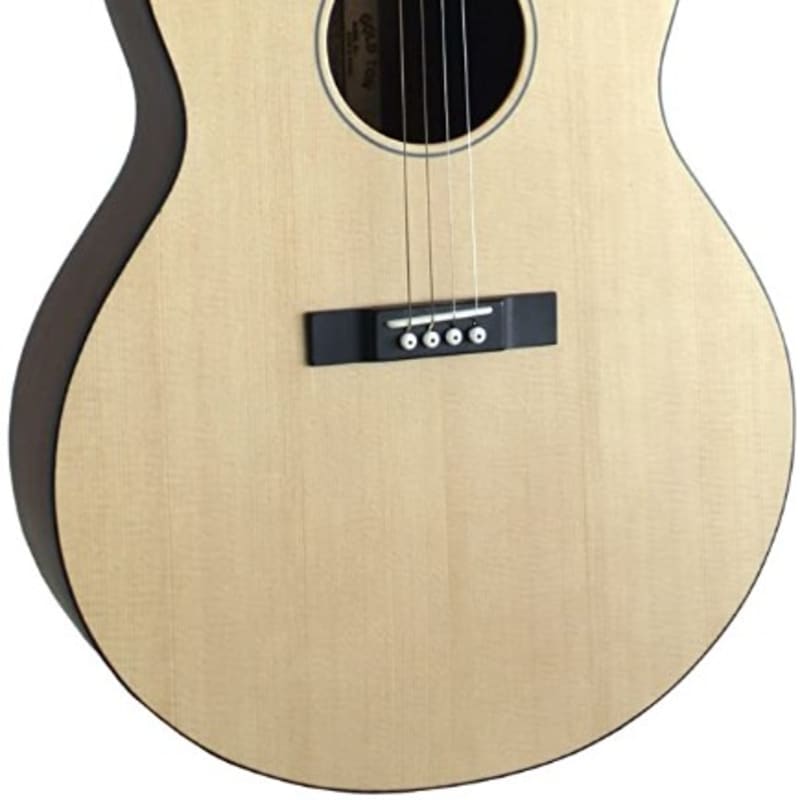 Originally A$1,118.67, now A$1,006.80 (10% Off)A$1,118.6710% OffA$1,006.80United States
Originally A$1,118.67, now A$1,006.80 (10% Off)A$1,118.6710% OffA$1,006.80United States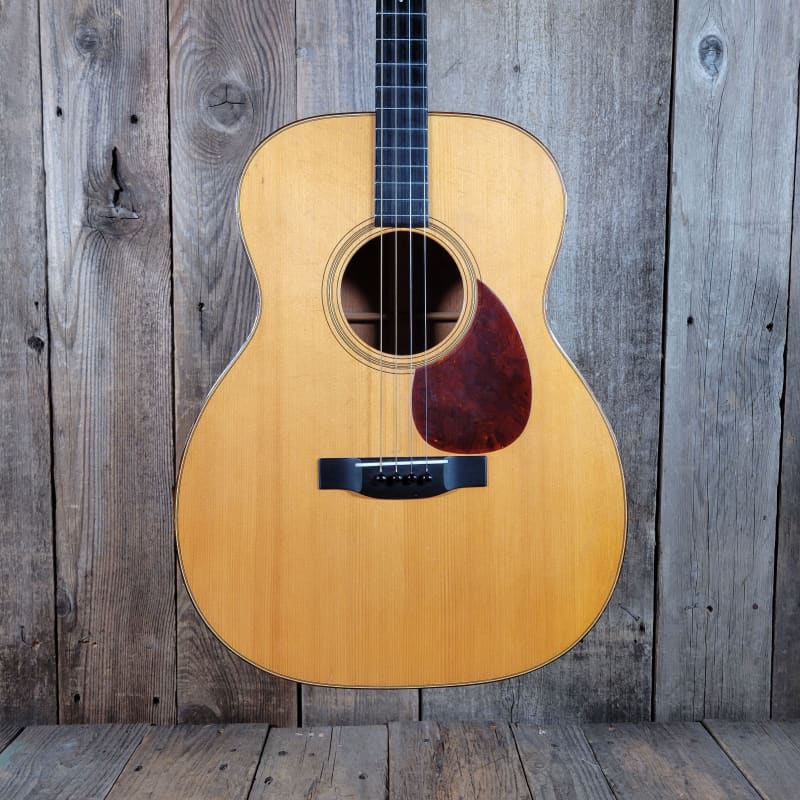 A$8,302.26A$8,302.26United States
A$8,302.26A$8,302.26United States A$958.68A$958.68United States
A$958.68A$958.68United States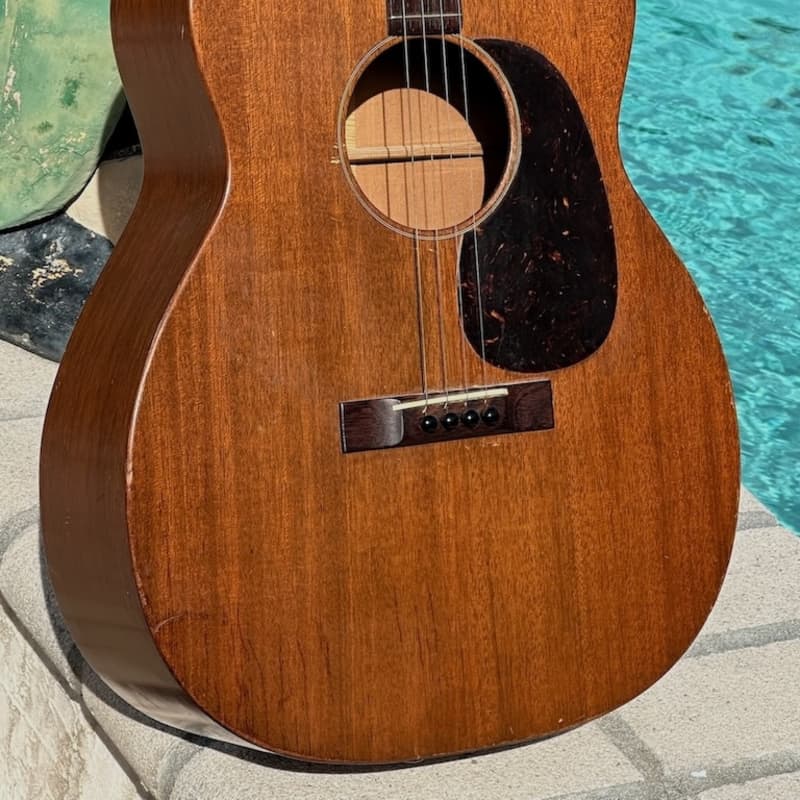 Martin 0-17T Tenor Guitar 1934 - a stunning all Mahogany 14 Fret Tenor an untouched original.Price DropUsed – ExcellentOriginally A$9,580.76, now A$7,183.57 (26% price drop)A$9,580.7626% price dropA$7,183.57United States
Martin 0-17T Tenor Guitar 1934 - a stunning all Mahogany 14 Fret Tenor an untouched original.Price DropUsed – ExcellentOriginally A$9,580.76, now A$7,183.57 (26% price drop)A$9,580.7626% price dropA$7,183.57United States
New Tenor Acoustic Guitars
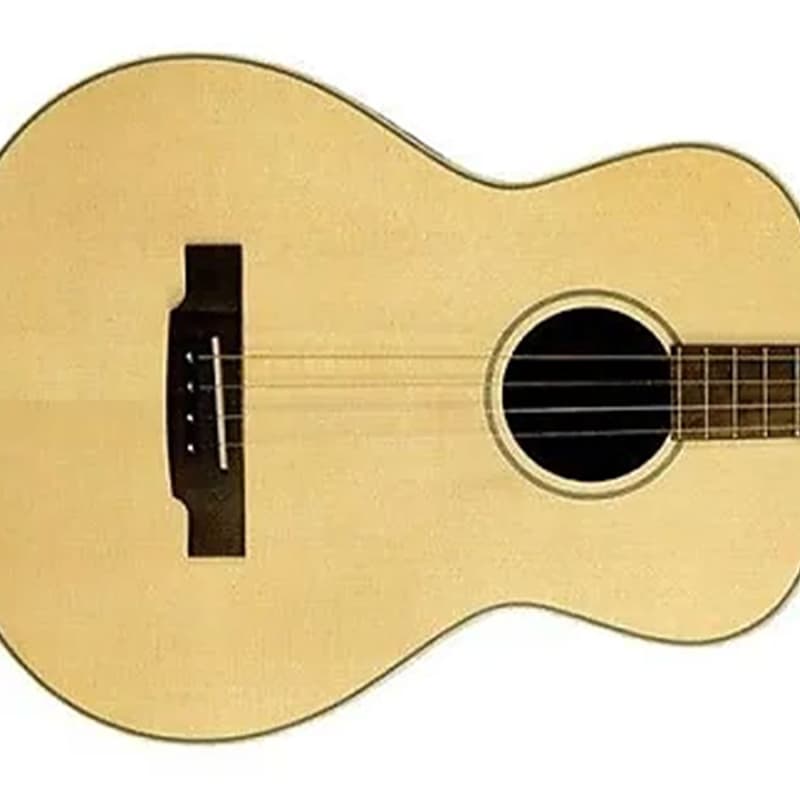 A$445.88A$445.88United States30-Day Return Policy
A$445.88A$445.88United States30-Day Return Policy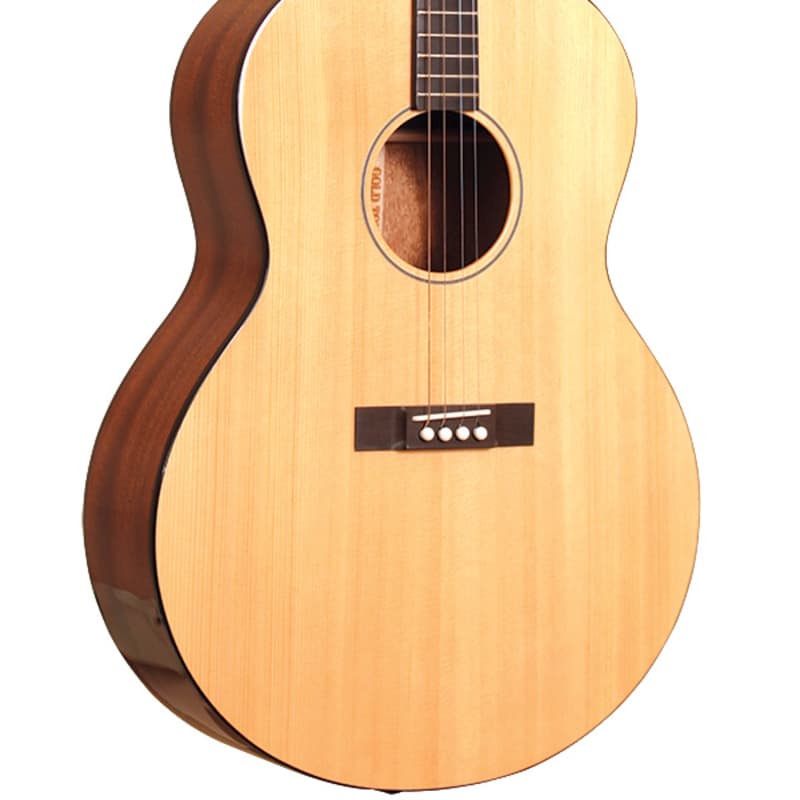 A$1,150.63A$1,150.63United States14-Day Return Policy
A$1,150.63A$1,150.63United States14-Day Return Policy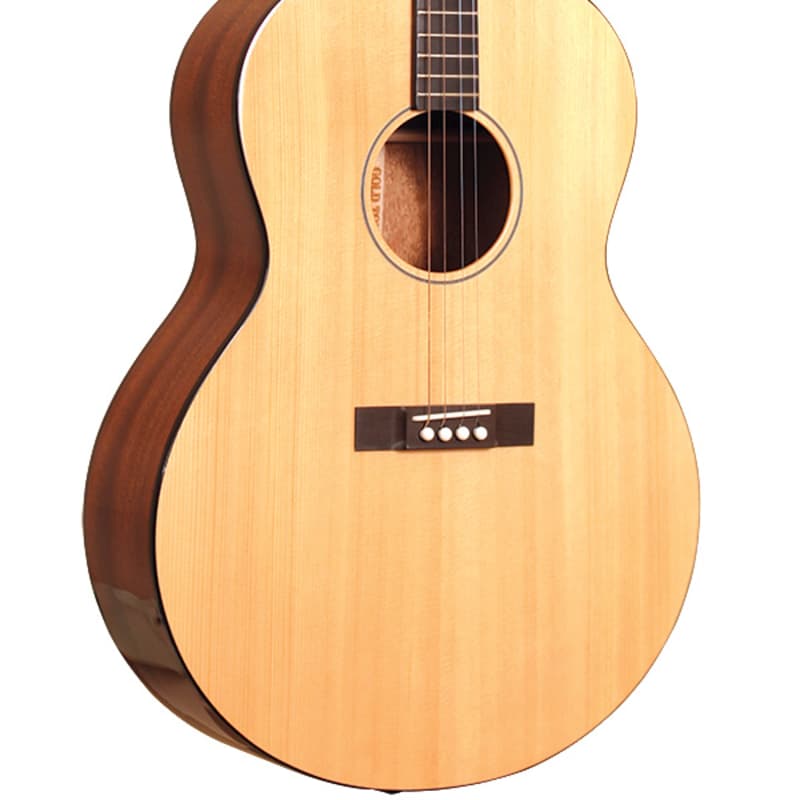 A$1,150.63A$1,150.63United States14-Day Return Policy
A$1,150.63A$1,150.63United States14-Day Return Policy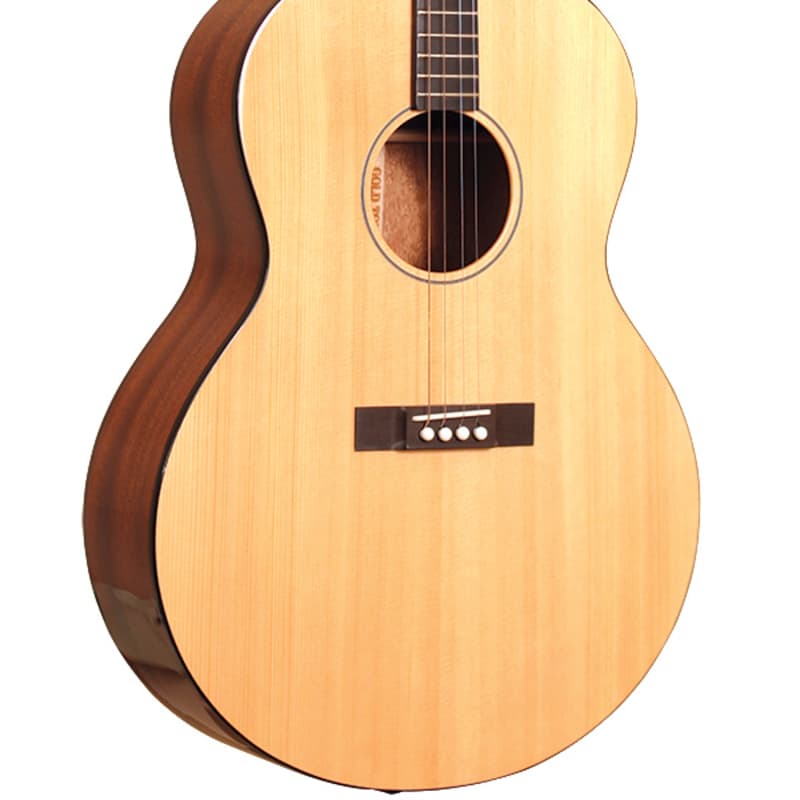 A$1,150.63A$1,150.63United States14-Day Return Policy
A$1,150.63A$1,150.63United States14-Day Return Policy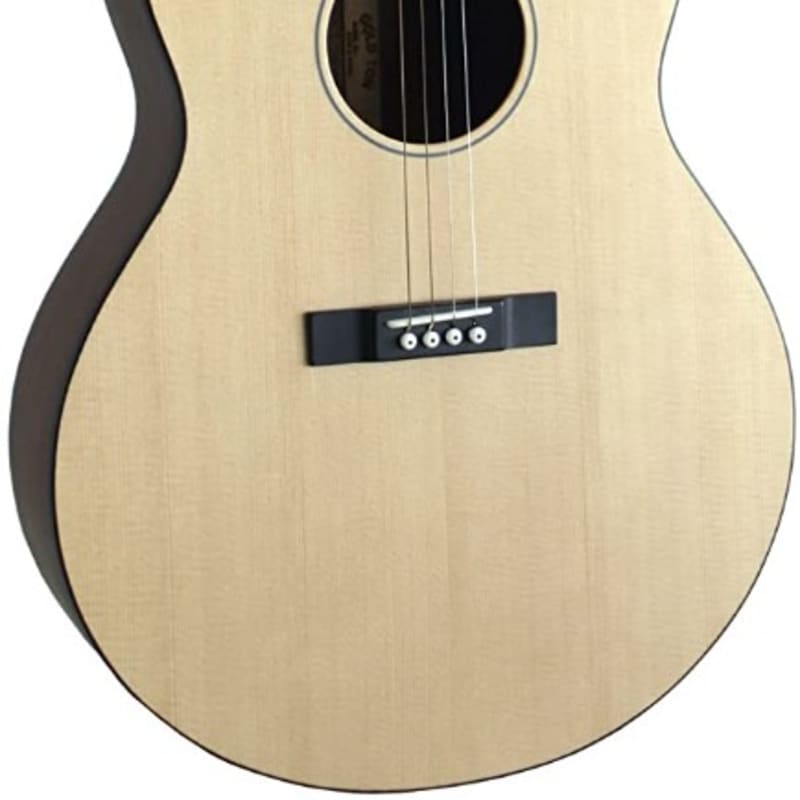 A$1,118.67A$1,118.67United States14-Day Return Policy
A$1,118.67A$1,118.67United States14-Day Return Policy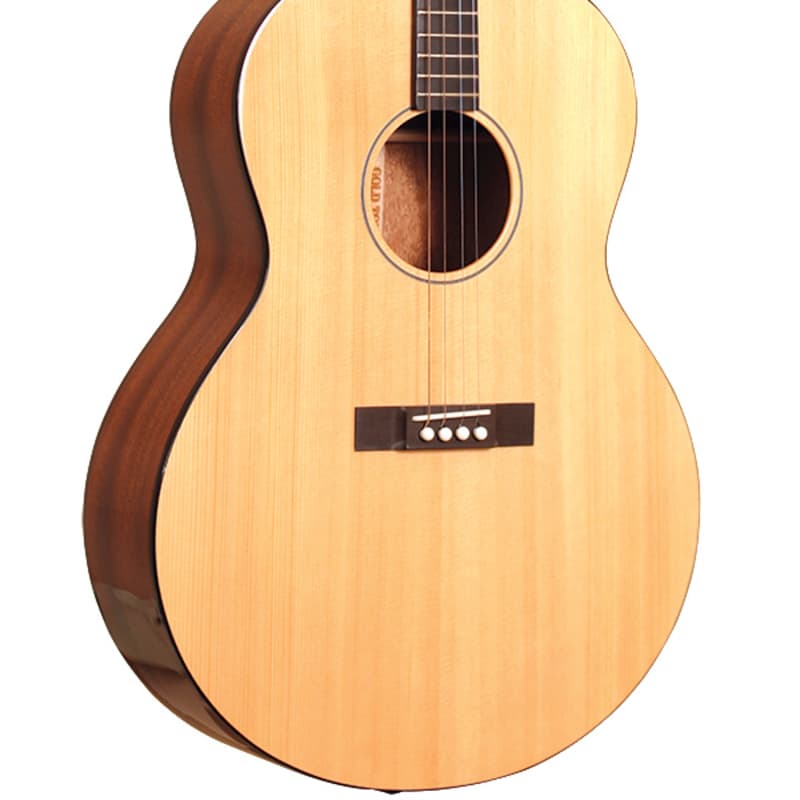 A$1,150.63A$1,150.63United States14-Day Return Policy
A$1,150.63A$1,150.63United States14-Day Return Policy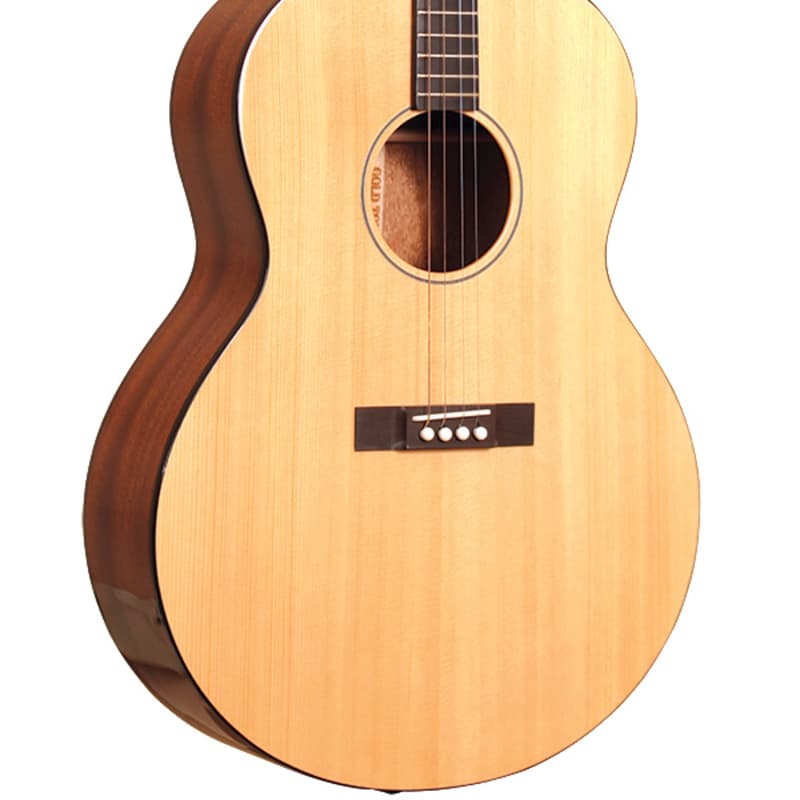 A$1,150.63A$1,150.63United States14-Day Return Policy
A$1,150.63A$1,150.63United States14-Day Return Policy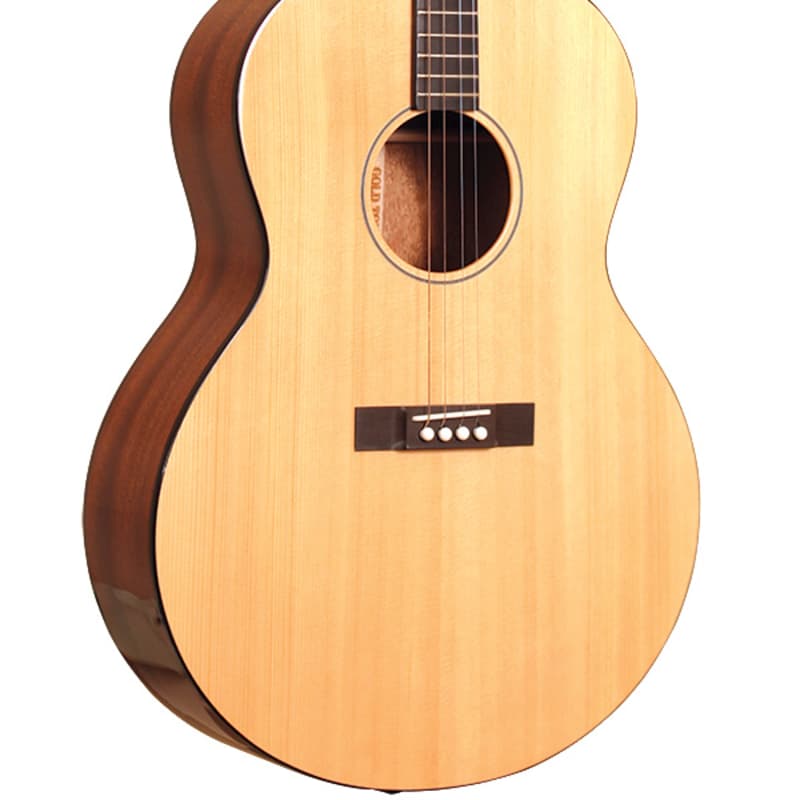 A$1,150.63A$1,150.63United States14-Day Return Policy
A$1,150.63A$1,150.63United States14-Day Return Policy
Tenor Acoustic Guitars for Sale on Reverb
The four-stringed little brother to the acoustic guitar, tenor acoustic guitars were designed in the 1920s to help tenor banjo players transition to the guitar—an increasingly popular instrument in jazz. Later, the tenor guitar would find popularity in folk music, and today has a dedicated, if small, following of loyal players including Neko Case, Amanda Shires, Ani DiFranco, Elvis Costello, and Warren Ellis.
What is a tenor acoustic guitar?
A tenor acoustic guitar is an acoustic guitar with only four strings, a narrower nut width, and a shorter scale length. Their nut width is comparable to a five-string banjo, though the scale length is shorter. They often also have a smaller body, but some models like the Gibson ES-350 tenor have a body that’s large even for a six-string guitar!
What is a tenor guitar used for?
Tenor guitars fit well in a wide genre of music and have historically been used in jazz, country, Hawaiian, folk, and rock music. Tenor acoustic guitars are renowned for sitting well in a mix with other instruments, despite not having a strong low end.
Is tenor guitar easier to play?
Many players with smaller hands and bodies find tenor guitars easier to play than their six-string counterparts. Additionally, mandolin and violin players find that they can pick up and easily play a tenor guitar because all three are often tuned in fifths, whereas a six-string guitar is mostly tuned in fourths.
What is the tuning for a tenor guitar?
Tenor guitars are most traditionally tuned in fifths, like a mandolin: C3-G3-D4-A4. However, they can also be tuned like the top four strings of a guitar, like the bottom four strings of a guitar, baritone ukulele tuning, octave mandolin tuning, or in an open tuning (like banjo).
What’s the difference between a tenor guitar and a baritone ukulele?
Though they look similar, tenor guitars and baritone ukuleles are completely different instruments. When you really dig into tenor guitar vs baritone ukulele you’ll find a few differences, including:
- Tuning: Tenor guitars are typically tuned C3-G3-D4-A4 while baritone ukes are tuned D3 G3 B3 E4
- Strings: Tenor guitars use steel strings while baritone ukuleles use nylon strings
- Origin: Tenor guitars are essentially smaller versions of six-string guitars, while baritone ukuleles are bigger versions of a standard ukulele
- Scale length: Baritone ukuleles have a shorter scale length than tenor guitars, though exact lengths can vary
Do I need specific tenor acoustic guitar strings?
While you don’t specifically need tenor acoustic guitar strings, there are a few brands that produce strings that are made to work perfectly with tenor acoustic guitars. However, different tunings require different strings, and tenor guitarists simply can’t agree to one tuning. Because of this, some players simply buy the individual string gauges that work with their desired tuning.
